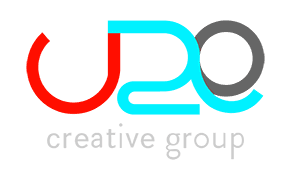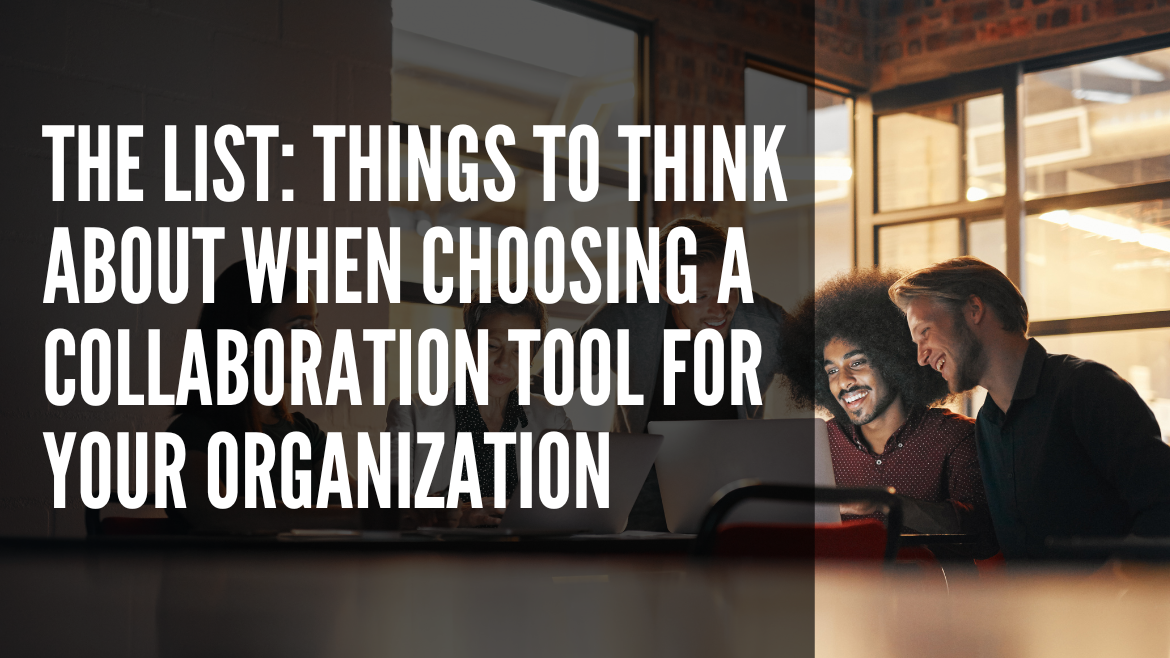If you see a collaboration tool as “just another communication device” – there are plenty of tools to choose from and plenty of more “meat and potatoes” lists.
However, if you see a collaboration tool as a strategic investment in the future of your organization, this is your list.
The pandemic has accelerated digital transformation and the opportunities to change collaboration in powerful ways that are meaningful to your employees and customers. When an organization can collaborate and communicate internally, with vendors –and with customers- at a level that approaches industry leading, the results will be exceptional experiences. Let’s look at some thoughts that can set your organization in that direction.
Hitting the bullseye
When beginning your research, the goal should be to make the most informed decision by pulling data from your knowledge workers, your leadership and the marketplace. Here are some things to think about:
· Your business “third eye”
« Whether you’re the CEO or not, you should have an understanding of the strategic initiatives headed into this year. The tool you chose should be a “turbo button” to future state (*begin to think initiative OKR’s [objectives and key results] *).
· Bringing darkness (shadow IT) to light
« When looking for a game-changing collaboration tool for your organization, you’ve got to peel back the internal layers and understand how work is getting done. This means looking at the applications being used to bridge gaps in your current architecture (and developing a clear understanding of what problems they solve).
· Harmony in a world of departmental difference
« Since it’s true that knowledge workers in different departments are focused on different elements of business-critical workflows, it’s also true that the way those departments work (and what tool groupings they use) are different. Assess the value of streamlining tools (access and usage) horizontally across your organization.
· Harmony in a world of tech-stack difference
« You’ve already got a substantial technology investment powering your businesses success. Your collaboration tool should work in concert with your current framework. Check the app directory of all vendors prior to them making the “playoffs”. Understand their off-shelf integrations and the ease/difficulty of potential custom integrations.
· The sheriff
« Don’t make the mistake Bob Marley did by shooting the sheriff; governance and security should support the future state vision – not prevent it. Examine employee access across multiple devices, guest/vendor/subcontractor access, internal and external data sharing and securing the data itself with. If the current state restricts productivity (thus creating a need for shadow IT), the future state should present synergy (organically removing the need for tools that aren’t secured or whitelisted).
· The guardians of this galaxy
« In the past, that team was mainly IT –up to the CTO or CIO in some capacity. In the new world diverse sponsorship teams are the key to maximum impact; Information, technology and the business must be willing to drive in partnership to the desired end state. Do not put the decision and action solely on IT.
After the contract is signed
Workforce enablement > tool deployment
· A sound strategy for moving users smoothly from current state (through transition state) to future state is king






